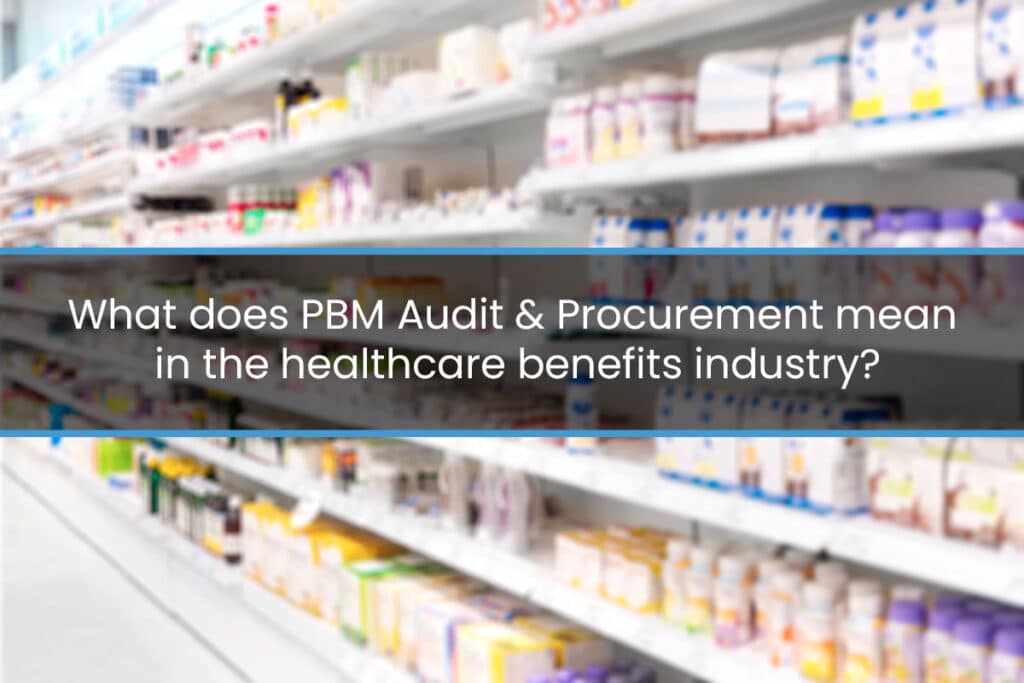BY: Justin Leader
President & CEO, BenefitsDNA
#wefixyourhealthcare
On Monday, President Donald Trump officially signed an executive order that takes aim at one of America’s most broken systems: prescription drug pricing. But this time, he’s not just revisiting the “Most Favored Nation” (MFN) strategy from his first term — he’s widening the net.
If the initial announcements hinted at disruption, this version shows a full-on declaration of war against the pricing games played by pharmaceutical manufacturers, foreign governments, and — perhaps most significantly — the middlemen entrenched in our healthcare system.
What Changed?
Here’s what the updated Executive Order now includes:
- MFN Pricing With Teeth:
The administration will now communicate direct price targets to drug manufacturers, making it clear that the U.S. expects to pay no more than what other advanced countries pay. If they don’t comply, rules will be proposed to mandate those prices. - Bypassing the Middlemen:
Perhaps the boldest piece: a mechanism will be created to allow patients to buy directly from manufacturers at MFN prices, bypassing PBMs, wholesalers, and insurers. This is a shot across the bow of the current rebate- and spread-driven pricing model. - Includes Medicaid, Not Just Medicare:
The policy now expands to Medicaid, in addition to Medicare Part B — potentially impacting a larger swath of public payers and further pressuring pricing reform. - International Trade Action:
Trump is directing U.S. Trade Representatives and Commerce to challenge foreign nations that undercut drug prices and distort global markets — essentially accusing other nations of taking advantage of U.S. subsidies. - Transparency & Importation:
The order builds on prior efforts to increase radical pricing transparency, enable drug importation, and expand generic and biosimilar access, aiming for a multi-pronged approach to cost containment.
So, Will This Help Employer-Sponsored Health Plans?
Not directly — but the aftershocks could be real.
Here’s why:
- PBMs are on notice. If manufacturers start selling directly to Medicare and Medicaid at global rates and bypassing PBMs, employers will demand the same treatment. It opens the door to direct sourcing and reference-based Rx pricing models.
- It boosts leverage for fiduciary advisors. Employers can start benchmarking against MFN prices and hold PBMs accountable for failing to deliver equivalent value.
- Market pressure will mount. If the government forces prices down, pharma companies may shift strategy across all buyer segments to maintain volume, and that could trickle into commercial pricing negotiations—especially for self-funded plans.
Why This Matters More Than Ever
This order does more than just target high prices — it puts the entire drug pricing ecosystem under the microscope. And that includes:
- Pharmaceutical manufacturers, who have long claimed R&D costs justify high U.S. prices.
- PBMs and insurers, who profit from opaque rebates, spread pricing, and lack of accountability.
- Foreign governments, who get sweetheart deals subsidized by U.S. employers, taxpayers, and patients.
This isn’t just a Trump talking point. It’s a mirror held up to an industry whose profits are built on complexity, contracts, and confusion — and whose games are being increasingly exposed.
Final Thoughts
For those of us who work every day to fix healthcare — this order doesn’t solve the problem, but it raises the volume on the real conversation.
Do we think it will be implemented cleanly? No.
Will it be challenged in court? Almost certainly.
Does it dramatically shift the narrative? Yes.
Whether you’re a plan sponsor, fiduciary, or just someone trying to fill a prescription without going broke — this executive order underscores what we’ve known for years:
The cost of prescription drugs in the U.S. isn’t just a problem of pricing — it’s a problem of power.
And power is finally being contested.
Let’s hope it’s not just theater.
Let’s make sure it’s a catalyst.
#Wefixyourhealthcare
Want to know how your health plan stacks up against MFN pricing or where the middlemen are hiding your money? Let’s talk.




